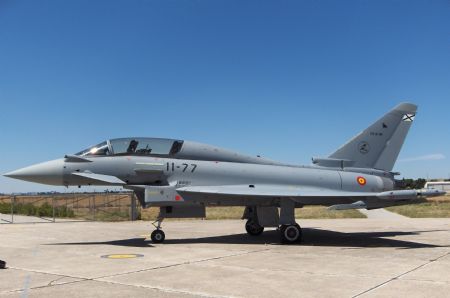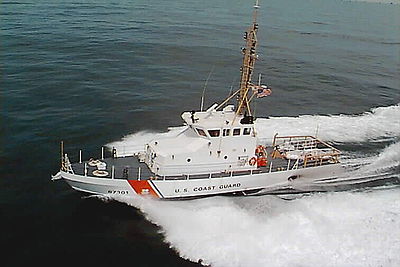(NSI News Source Info) CAMP ECHO, Iraq - December 13, 2008: The  Ukrainian Army hosted an end of mission ceremony at Camp Echo in Central Iraq Dec. 9. More than 5,000 Ukrainian troops have served in Iraq during Ukraine's five years of service in support of Operation Iraqi Freedom.
Ukrainian Army hosted an end of mission ceremony at Camp Echo in Central Iraq Dec. 9. More than 5,000 Ukrainian troops have served in Iraq during Ukraine's five years of service in support of Operation Iraqi Freedom.
 Ukrainian Army hosted an end of mission ceremony at Camp Echo in Central Iraq Dec. 9. More than 5,000 Ukrainian troops have served in Iraq during Ukraine's five years of service in support of Operation Iraqi Freedom.
Ukrainian Army hosted an end of mission ceremony at Camp Echo in Central Iraq Dec. 9. More than 5,000 Ukrainian troops have served in Iraq during Ukraine's five years of service in support of Operation Iraqi Freedom. "Enduring peace, stability and prosperity are common values to fight for in the modern world. Your mission in Iraq has been successfully completed," said Viktor Nedopas, Charge d'Affairs of the Ukrainian Embassy in Iraq.
The Ukrainians served as the third-largest Coalition forces contingent in Iraq, with about 1,700 soldiers from 2003-2005.
"Ukraine started accomplishing its mission in Operation Iraqi Freedom through assistance to the Iraqi government to establish constitutional order and a secure environment from the very beginning in 2003," said Col. Henadii Lachkov, senior commander for the Ukrainian forces in Diwaniya.
In 2006, they shifted their operational focus and down-sized to a peacekeeping force of about 40 soldiers. They also moved their operations from al Kut to Diwaniya, about 180 kilometers south of Baghdad, under Polish command for specialized Iraqi Army and Iraqi Police training.
"We know that violence is at its lowest level in five years, and the Iraqi Security Forces, partnering with Coalition forces, will take the lead in defending their country," said Maj. Gen. Michael Ferriter, deputy commanding general for operations, Multi-National Corps-Iraq.
"And soon, the Iraqi people will vote in the future of their country in the provincial elections. These changes were not brought about naturally, but were instead brought about by the dedication and the hard work of the men and women from the nations such as yours. You helped create the Iraqi Security Force and instilled in them a solid foundation of skills essential to the future security and prosperity of Iraq," said Ferriter.
"To Iraq's benefit and through Ukraine's efforts, you have helped ensure a higher quality of life for the people of Iraq. Ukraine forces made contributions that enabled all Coalition partners to be successful here, but it has not been without cost. A precious 18 Ukrainian Soldiers have died here," said Ferriter.
Lachkov led a moment of silence during the ceremony to honor those who gave their lives and the family members they left behind.
"You have allowed peace to grow in the region, and now, you can return home knowing that you made that difference. Thank you for being a part of this Coalition," said Ferriter.

Words, gestures and gifts shared during the ceremony solidified friendships among the different nationalities that have fought and worked together for a better Iraq.
"We are leaving this place, but Ukrainian color will (still) be represented in the Republic of Iraq. Our Soldiers will continue serving in the NATO training mission, making their contribution into the matter of developing democracy, stabilizing the internal situation in Iraq and providing support to the Iraqi Security Forces," promised Lachkov.
Countries that remain with the Coalition in Iraq include: Albania, Australia, Bulgaria, Denmark, El Salvador, Estonia, Lithuania, Romania, the United Kingdom and the United States.

























